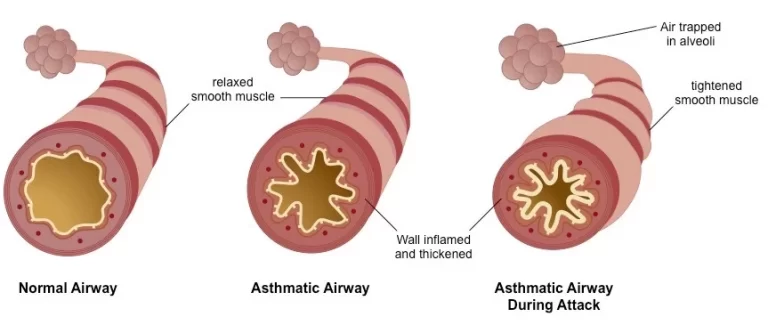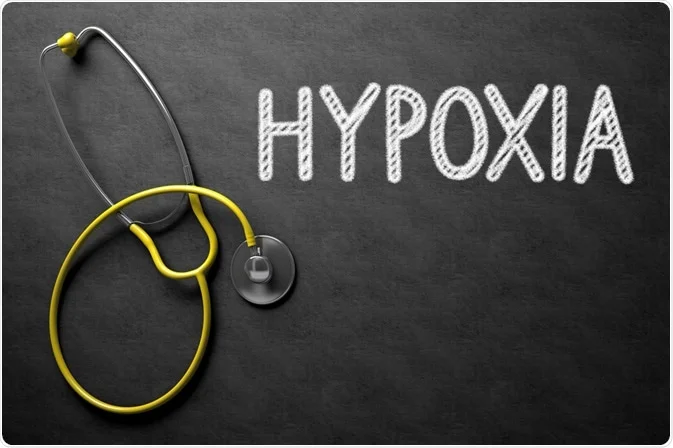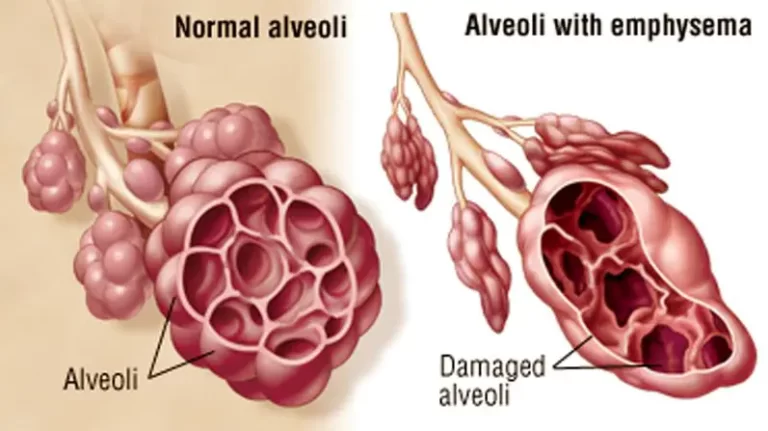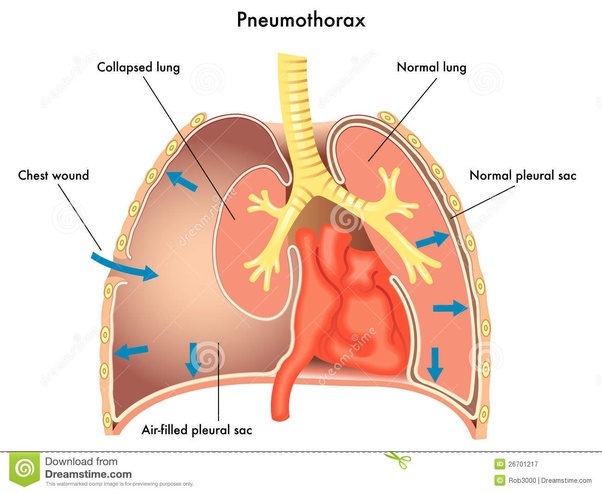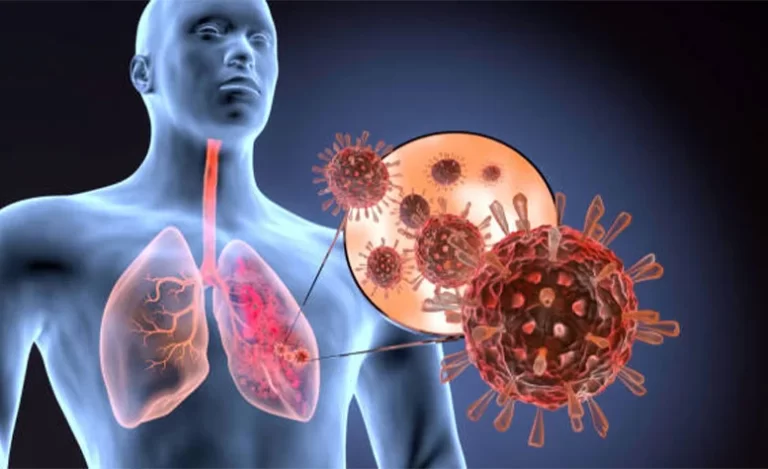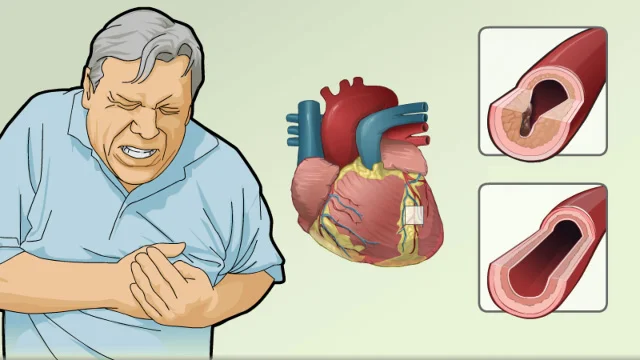What is exercise induce asthma?
Introduction
Exercise-induced asthma is a condition in which the airways of the lungs are narrowed and triggered by strenuous activities. It causes breathlessness, wheezing, coughing, and other symptoms during or after exercise. The preferable diagnosis for this condition is exercise-induced bronchoconstriction.
Its name suggests that asthma is triggered by vigorous or prolonged exercise or physical exertion. Most people with long-term asthma experience symptoms of asthma during exercise. However, there have many people without chronic asthma who develop asthma only during exercise.
Physical activity is the second leading cause of bronchoconstriction after upper respiratory tract infection.EIA diagnosed by 15% decreased FEV1. This is mostly seen in children and adults due to higher physical activity.
Why Does Exercise Trigger Asthma?
When we normally breathe, the air we take in is first warmed and moistened by the nasal canal. Because people get to breathe through their mouths while exercising, they are inhaling colder and drier air.
In exercise-induced asthma, the muscle bands around the airways are sensitive to these changes in temperature and humidity and react by contracting, which will narrow our airways.
Epidemiology
Exercise-induced asthma occurs in 50% to 90% of people with asthma and up to 25% of the general population without asthma. Elite athletes have an increased prevalence of 40% to 70%. Exercise-induced bronchoconstriction is the most common medical problem among winter Olympic athletes, especially among cross-country skiers. Nearly 40% of these athletes suffer from the condition, closely followed by short-track speed skaters at 44%. Approximately 450 million people are projected to have asthma in 2024, with a large percentage expected to have Exercise induces bronchoconstriction. Annually, 240,000 people die from asthma complications.
Causes of exercise-induced asthma:
- Rigorous physical activity
- Cold
- Dry air
- When you are resting, you usually breathe through your nose. Your nose warms and moisturizes the air you breathe as it travels through your nostrils.
- Pollution
- Smoking
- Household chemicals
- Genetics

Exercise-induced asthma is worse when:
The air is cold and dry. Pollen counts are high. Pollution levels are high, causing low air quality. You are recovering from a cold or respiratory illness. You have breathed in the smoke, chemicals, or fumes from paint or cleaning supplies.
Pathogenesis:
There have two theories of exercise that induce asthma pathogenesis.
- Thermal hypothesis
There is no role of biochemical mediators. - Osmotic Theories
Osmotic theory has
Many studies notice that EIA patients have increased concentrations of cysteine leukotrienes in the airways.
Symptoms of exercise-induced asthma:
These Symptoms can range from mild to severe. They can appear for 2 to 5 minutes after you begin exercising or after you finish a workout. Symptoms usually start to improve after about thirty minutes of rest.
Sometimes, exercise-induced asthma can return up to twelve hours after you have finished exercising. They can appear even when you are at rest. These are called “late-phase” symptoms. late-phase symptoms mostly go away within a few hours or minutes or it may take up to 12 hours.
Symptoms of asthma triggered by exercising include:
- Breathlessness Coughing after the workout. (Coughing is the only symptom for some people.)
- Wheezing.
- Tight feeling in the chest.
- Severe fatigue.
The symptoms of exercise-induced asthma generally begin within five to 20 minutes after the start of exercise, or 6 to 10 minutes after brief exercise has stopped. If you feel any of these symptoms during exercise, consult your doctor.
Diagnosis:
- Exercise-induced asthma can be diagnosed by history only or some formal testing is required in athletes.
- History taking:
- Onset during or after exercise
- EIA mostly occurs after 5 minutes of exercise.
- Symptoms duration longer than five minutes.
- Pulmonary function test
How Do You Treat Exercise-Induced Asthma?
- If a person with exercise-induced asthma Is struggling to breathe
- Has blue lips
- Can not walk or talk
- Shows other signs of a severe attack and then calls for an emergency.
- At that time you have to
Stop the activity: Advise the patient to sit down and rest.
Follow the person’s asthma plan, if possible: Find out if the person has an medication and asthma action plan from a doctor.If available then follow it, Give asthma first aid: If the person does not have an asthma plan then For an adult, follow directions for first aid and use an inhaler in Acute Asthma Attack Treatment for Adults. For a pediatric, follow directions for first aid and use an inhaler in Acute Asthma Attack Treatment for Children.
Resume activity when it is safe: Wait until the person can breathe normally and is symptom-free before resuming exercise. If an asthmatic attack persists when the person starts exercising again, repeat treatment and stop exercise for the whole day.
Follow up: If symptoms don’t improve with the above treatment, call the doctor for further treatment
If an attack happens at school: Inform a school nurse or other designated staff member if the child does not have asthma medication or if symptoms do not go away within five to ten minutes after using an inhaler. Notify the child’s parents. Don’t let the child leave the gym or play area alone.
Pharmacological management:

- Short-acting beta-agonist (SABA): These medications can relieve symptoms during an Exercise Induce asthma episode. This is a type of bronchodilator. They are sometimes called rescue inhalers because you inhale the medicine, and it goes directly into your airways. SABAs can also prevent asthma symptoms if you take the medication about fifteen minutes before exercise.
- Long-acting beta-agonist (LABA): Like SABA drugs, this medicine let air flow by relaxing muscles in the airways. LABAs can prevent an EIB episode if you inhale the medication about thirty minutes to 1 hour before you exercise. But they are not effective as rescue inhalers. They would not reverse symptoms once they have started.
- Inhaled corticosteroids: These drugs decrease swelling in the airways to increase airflow. Leukotriene modifiers: You can also use this medication by oral to prevent the airways from becoming inflamed. Consult your doctor about the side effects of these drugs. Some people have behavior changes and mood swings.
- Mast cell stabilizers: Taking this medication about fifteen to twenty minutes before exercise can prevent symptoms. You inhale this medication through a nebulizer, a machine that turns liquid medicine into tiny droplets that you inhale.
Physiotherapy management:
You can do breathing exercises when your symptoms slow down by taking medicines.
- Deep breathing exercise:
- Lie on your back and bend your knees or sit in a rest chair. Put one hand over the upper chest and another over the stomach. Breathe in slowly through your nose. Breathe out slowly through your mouth.
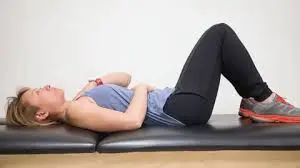
- Purse lip breathing:
- Breathe in through your nose, your mouth should be closed.
- Purse your lip as you whistle. breathe out through your lips to count to four.
- Nasal breathing:
- Take a breath in and out by only nose to add humidity in the air to reduce asthmatic symptoms.
Best Exercises for a person With Asthma.
For persons with exercise-induced asthma, some activities are better than others. Activities that involve short, intermittent timing of exertion, like volleyball, gymnastics, baseball, walking, and wrestling, are generally well tolerated by people with exercise-induced asthma.
Activities that involve prolonged exertion, like soccer, distance running, basketball, and field hockey, may be less well tolerated, as are cold weather sports like ice hockey, cross-country skiing, and ice skating. through many people with asthma can fully participate in these games.
Swimming is a strong endurance sport and is generally better tolerated by persons with asthma because it is usually performed in a warm, moist air environment.
For persons with active lifestyles, even exercising-induced asthma is important for both physical and mental health. You have to actively participate in sports and activities.
What is the difference between asthma and exercise-induced asthma?
Asthma is a chronic respiratory disease that causes by inflammation of the airway. Exercise-induced asthma can affect persons with and without regular asthma. Exercise-induced asthma makes the bronchial tubes constrict during physical activity, Induce symptoms like wheezing, coughing, and breathlessness.
Can I prevent exercise-induced asthma?
Exercise-induced Asthma is prevented by inhalers or bronchodilators used before exercise can control and prevent asthma symptoms. The most preferable asthma medicines are short-acting beta-2 agonists such as albuterol. Taken ten minutes before exercise, these medications can prevent the airways from contracting and help control exercise-induced asthma.
Another asthma treatment that may be useful when taken before exercise is inhaled ipratropium, which helps our airways to relax. Having good control of asthmatic symptoms, in general, will also help to prevent exercise-induced symptoms. Medications that may be part of your routine asthma treatment include inhaled corticosteroids such as beclomethasone dipropionate (Qvar) or budesonide (Pulmicort). An inhaled long-acting beta-2 agonist combined with a corticosteroid, such as Advair or Symbicort, may be added to the treatment option. Tiotropium bromide (Spiriva Respimat) is a long-acting anticholinergic medication to use along with your regular maintenance drugs. This drug may be used by anyone aged 6 years and older. It should not be used as a rescue inhaler.
With a proper plan and treatment, you may be able to avoid an asthma episode. Before you start physical activity, you should follow the below steps:
Do warm-up for 5 to 10 minutes: Before starting any physical activity or exercise, warm up for 5 to 10 minutes. Warm-up exercise depends on age, health, and sport or activity. Talk to your therapist to get a proper plan warm-up.
Check pollen and air quality: Before going to do outdoor exercise, check the air quality index. If pollution and pollen levels are more, then you may want to stay in the house.
your mouth and nose should be covered by a napkin or mask: Use a mask, scarf, or gaiter to protect your airways from cold, dry air.
Manage asthma symptoms: If you already suffer from asthma, work with your provider to get symptoms under control before you begin an exercise program. Take proper advice from the health care professional when using inhalers and taking asthma medications.
Child concern: Inform coaches and teachers If your child has asthma, make sure teachers and coaches are aware. Adults should know what the symptoms of asthma are and what they should notice, what to do if symptoms appear and how to help with medications.
Notice your symptoms: Monitor yourself or your child for symptoms of sports-induced asthma. Have a plan in place if you notice signs of an Exercise Induce Bronchiectasis episode. Remember that symptoms can appear minutes (or even hours) after you finish exercising.
Again, asthma shouldn’t be used as an excuse to avoid exercise. With proper diagnosis and treatment of asthma, you should be able to enjoy the benefits of an exercise program without asthma symptoms. In addition to taking medications, warming up before exercising and cooling down after exercise can help in asthma prevention. For persons with allergies and asthma, exercise should be limited during high pollen days or when temperatures are extremely low and air pollution levels are strong. Infections can cause asthma (colds, flu, sinusitis) and increase asthma symptoms, so it is best to restrict your exercise when you are sick.
Many people with exercise-induced asthma play games, enjoy a range of activities, and live a healthy lifestyle. People with good fitness levels, including Olympic athletes and marathon runners, manage asthma and excel at their sports. If you or your child has EIB, be sure to include a warmup routine before exercise. Keep an eye on pollen counts and air quality for any exercise you start to head outside. Talk to your healthcare provider about medicines that can help you breathe easier. With lifestyle changes and prior planning, you can stay active and exercise safely.
FAQ
Can asthmatic patients Avoid Exercise?
Asthmatics should not avoid doing exercise because of exercise-induced bronchiectasis. There have steps you must follow for future prevention of asthma symptoms that will allow you to maintain normal physical activity. Many athletes even Olympic athletes compete with asthma.
Which things can worse exercise-induced asthma?
When you exercise, you breathe in through your mouth mostly, and the air coming in remains cold and dry. If you have asthma, the bands of muscle around your airways more react to the cold, dry air by constricting (becoming narrow). Exercise-induced asthma is worse when: Air is cold and dry enters your lungs.
How much time take to go away from exercise-induced asthma?
Symptoms mostly peak 5–10 minutes after the person stops exercising, then go away within an hour. All people have different asthma symptoms many have lasted for hours after they exercise, or happen only after they stop exercising.
Can exercise-induced asthma go away?
Children sometimes outgrow exercise-induced asthma. But there is no cure for exercise-induced asthma. many people with exercise-induced bronchoconstriction will have it throughout life.
How can you prevent exercise-induced asthma naturally?
You have to prepare before doing exercise by covering your nose and mouth with a mask during cold weather and taking medicine before stat exercise. Do a 5 to 10 minutes warm-up.

